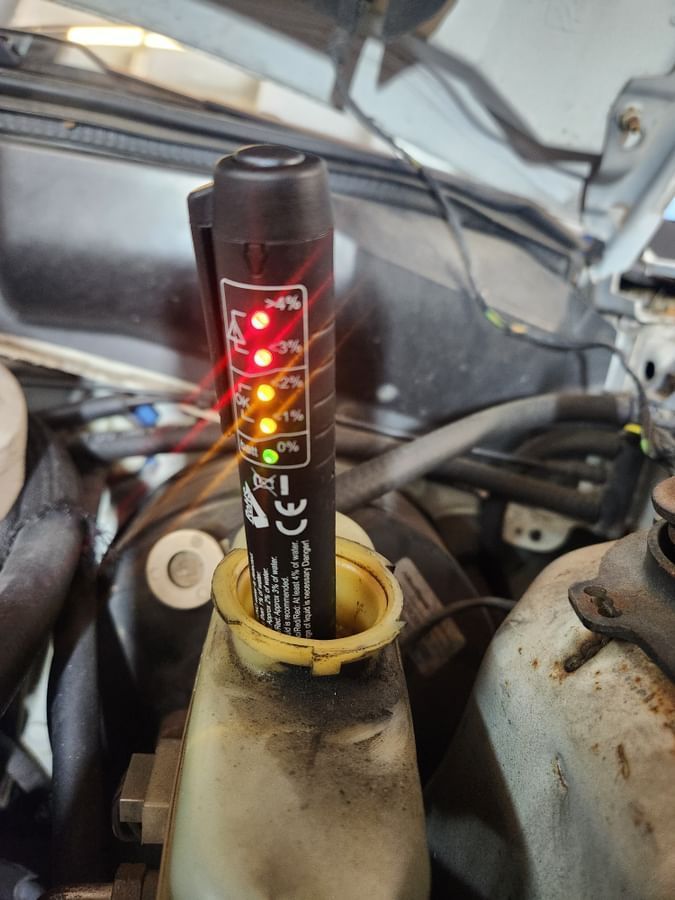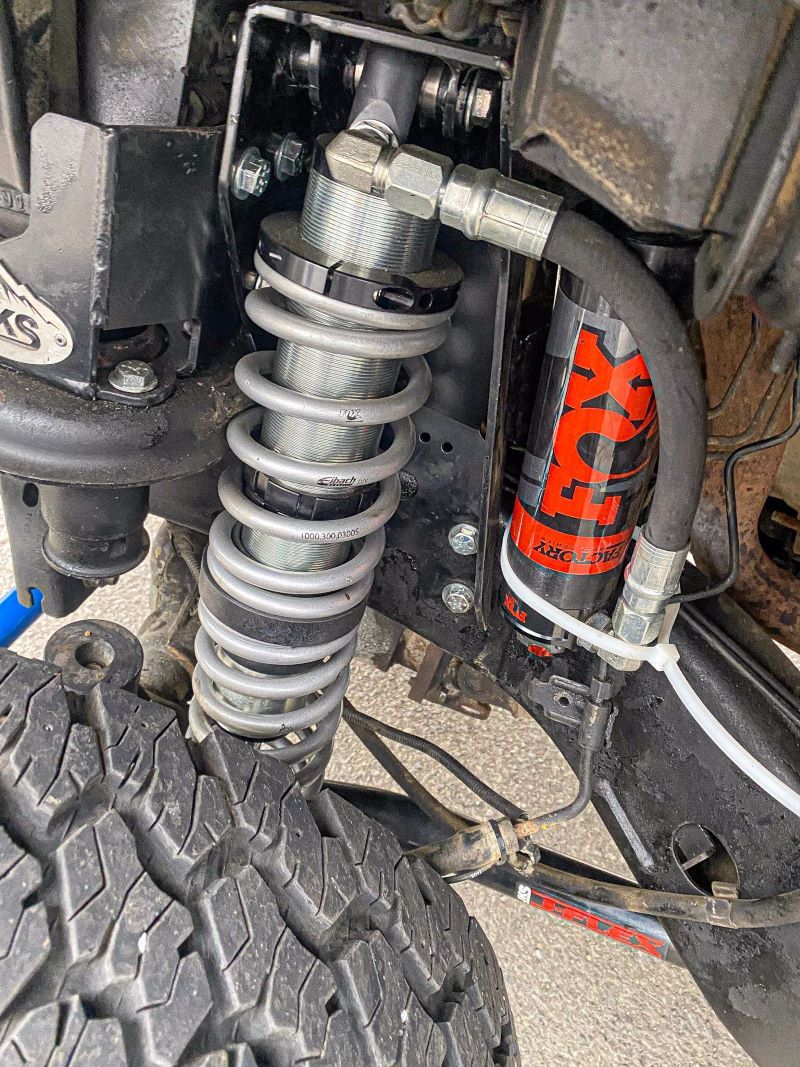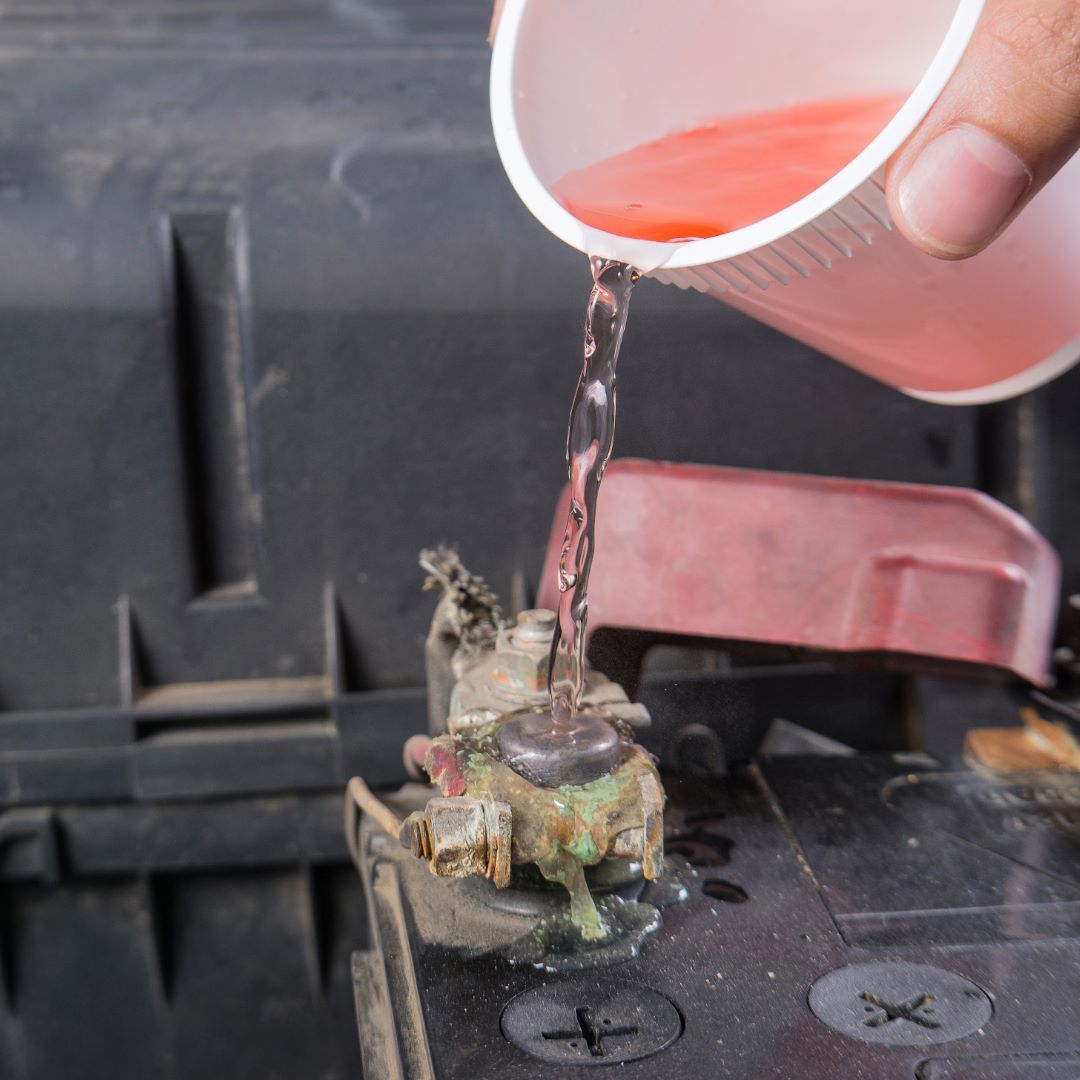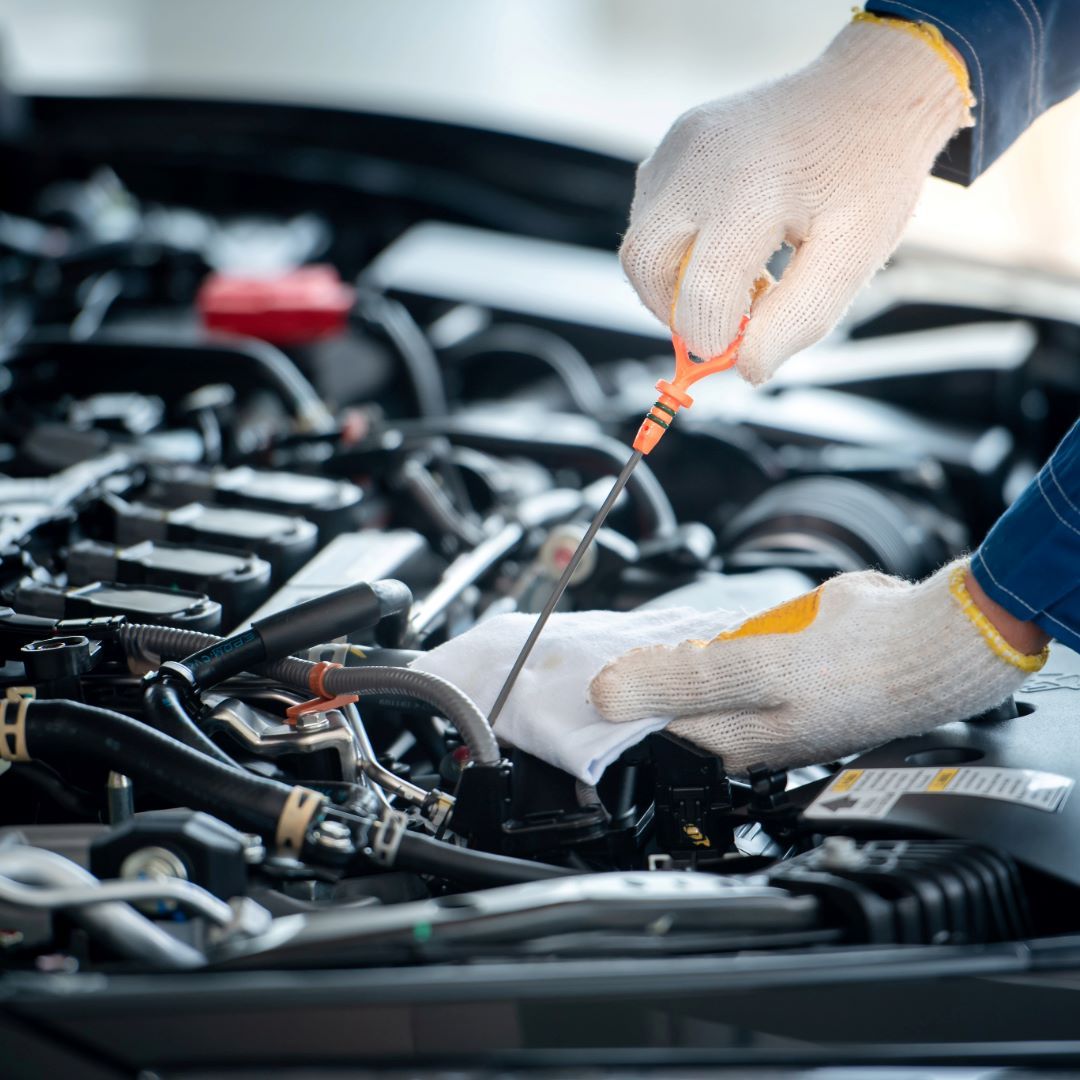Inspecting a Used Vehicle Checklist
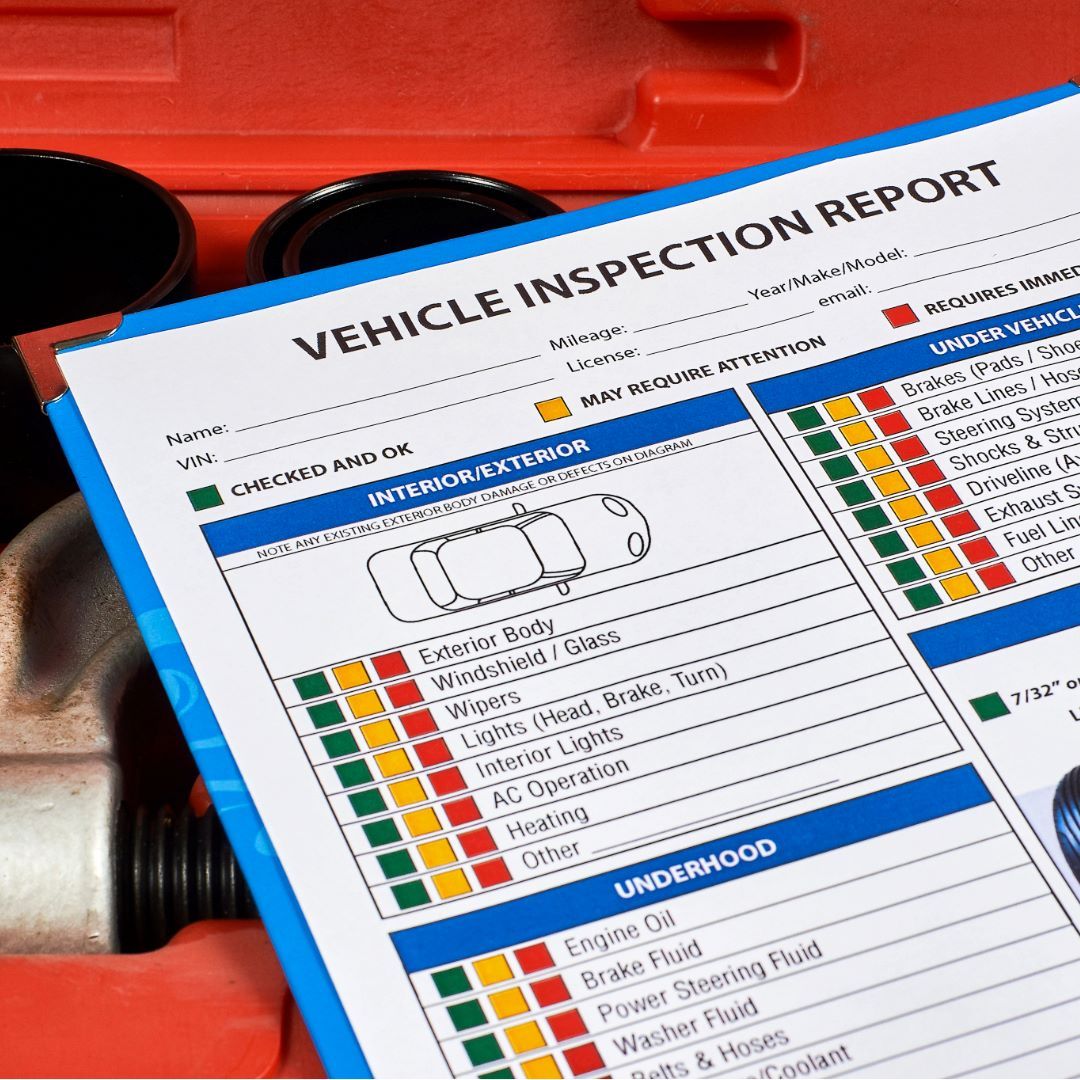
Used Vehicle Inspection Checklist | ABC Auto Repair Burien
When it comes to inspecting a used vehicle, patience is key. Set aside at least 1–2 hours for each inspection and expect to evaluate multiple cars before finding the right one. Rushing through the process could lead you to overlook something critical. Be sure to allocate enough time when scheduling an appointment, and do not allow the seller to rush you by claiming they have other plans. Instead, block off a full-time window, such as 6:00 to 7:00 PM, rather than just a start time.
Review of the Warranty
If the vehicle is still under warranty, check its terms and read the fine print. Some used cars, especially those from reputable dealerships, may include limited warranties that could influence your decision.
Inspect During Daylight Hours
Natural light is your best friend when inspecting paint, body panels, and finishes. Even the brightest parking lot lights can mask imperfections and make a car appear shinier than it truly is.
Check the Vehicle History
Always ask for a vehicle history report, dealerships may provide one as a courtesy. For private sales, you will likely need to retrieve it yourself unless the seller has already done so. Services like CARFAX are a great starting point.
Note: This blog uses Cadillac, Mazda, and Hyundai as examples, but these tips apply to nearly all makes and models.
Used Vehicle Inspection Checklist
These checkpoints will give you insight into how well the vehicle has been maintained and how it may have been driven. Ideally, the findings should support the seller’s description of the car’s history.
Body Panels and Paint
- Ensure the paint matches across all panels.
- Inconsistent coloring could indicate replaced panels from past damage.
- Use a small magnet to check for filler material; it will not stick to areas with body filler.
Exterior Lighting
- Test all turn signals, low beams, high beams, running lights, and brake lights.
- If you’re alone, ask the seller to activate the lights while you inspect them.
Suspension
- Pull firmly on the top of each tire, there should be no clicks or play.
- Push down on each corner of the car; good suspension rebounds once and settles. Multiple bounces indicate worn components.
Tires
- Look for even wear across all four tires.
- Uneven or outer-edge wear can suggest aggressive driving or alignment issues.
Interior
- Check for odors, stains, and excessive wear on the carpet, seats, and headliner.
- Test all electronics: radio, air conditioning, heat, interior lights, seat controls, power windows, and door locks.
Under the Hood
- Check all fluid levels: transmission fluid (engine running), motor oil, brake fluid, power steering fluid.
- Look for signs of leaks, residue, or unusual wear.
- Inspect belts and hoses for cracks, softness, or brittleness.
Trunk Area
- Test the trunk release lever.
- Confirm that a spare tire, lug wrench, and jack are present and functional.
Undercarriage
- Inspect for oil or grease leaks, rust, or any signs of damage.
- Note the condition of suspension components and exhaust hangers.
Tailpipe
- A black, greasy residue can suggest the engine is burning oil.
- A healthy tailpipe typically has light gray, dry deposits.
- Some oil burning is common in older vehicles but should be disclosed by the seller.
Consider a Professional Pre-Purchase Inspection
For added peace of mind, bring the vehicle to a trusted third-party shop. In Burien, ABC Auto Repair offers a thorough pre-purchase inspection, including a compression check and a full visual assessment.

